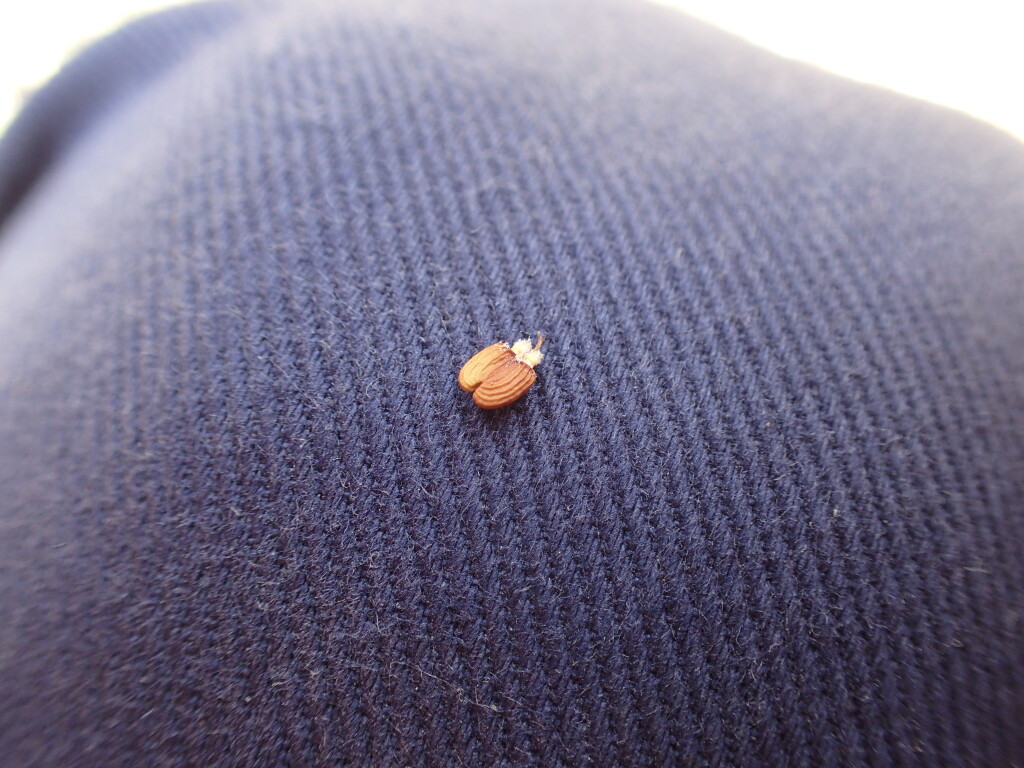Xanthosia pilosa
Rudge Woolly XanthosiaErect to diffuse, much-branched subshrub, to c. 30(–65) cm high; branches pilose or rarely glabrescent. Leaves alternate, variable in size; lamina cuneate to broad-ovate or lanceolate, 4–50 mm long, 5–55 mm wide, discolorous, adaxial surface pilose, abaxial surface off-white to rusty-tomentose, 3–7-lobed or 3-foliolate, central lobe or leaflet longer than lateral ones, lobes often with tuft of hairs at tip; petiole 3–10(–35) mm long. Inflorescence usually of paired 1–3-flowered umbels, sessile or pedunculate; peduncles to 5(–12) cm long; bracts 5–7 mm long, acute, abaxial surface tomentose. Sepals 1–1.6 mm long, pale green; petals 1–1.4 mm long, white; nectary hirsute. Fruit c. 2–2.9 mm long, mericarps evenly ribbed. Flowers spring–autumn.
GleP, GipP, CVU, GGr, EGL, EGU, WPro, HSF, OtR, Strz, HFE, VAlp. Occurring in eastern Victoria where found in heath and sclerophyll woodland and forest, with some occurrences in the west near Portland, in the Grampians and near Chapple Vale in the Otways.
Duretto, M.F.; Hart, J.M. (1999). Xanthosia. In: Walsh, N.G.; Entwisle, T.J., Flora of Victoria Vol. 4, Cornaceae to Asteraceae, pp. 265–268. Inkata Press, Melbourne.
 Spinning
Spinning
